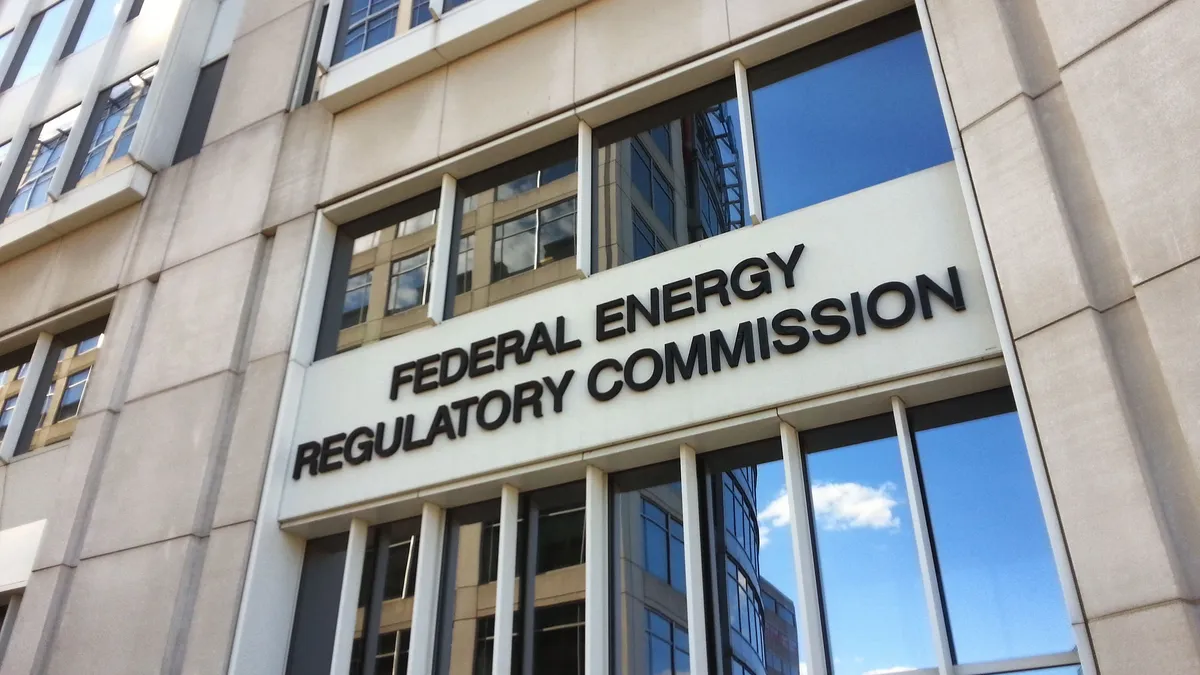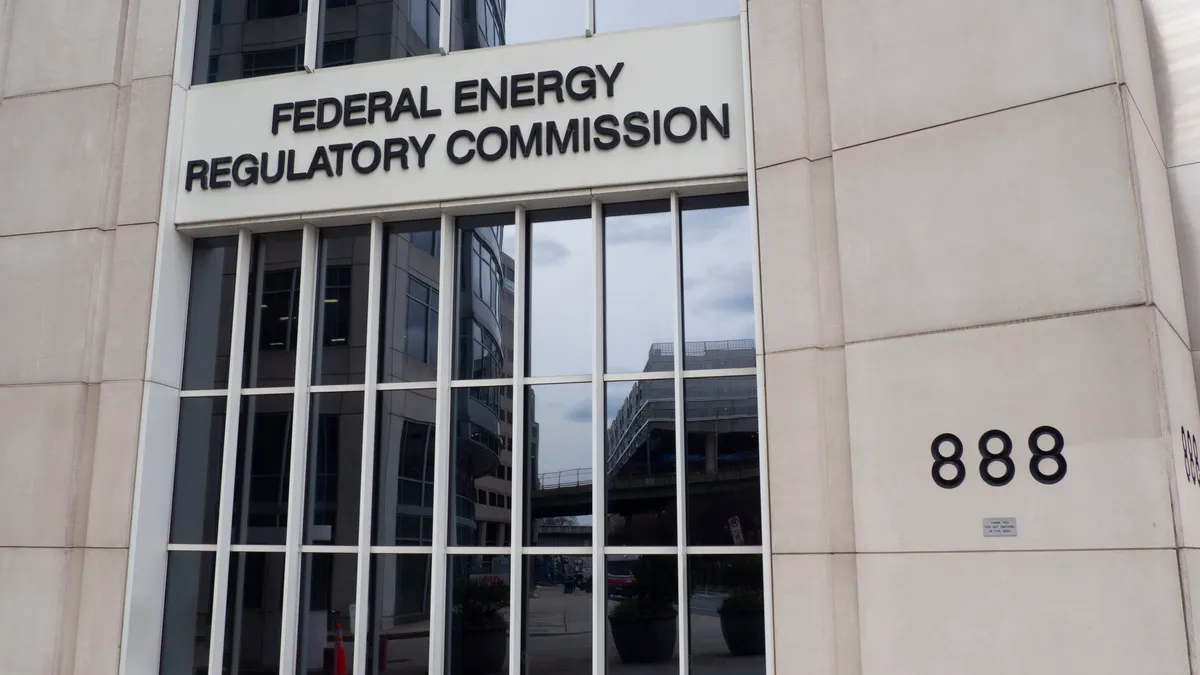The following is a guest post from Raymond L. Gifford and Matthew S. Larson, partners at the Denver office of
Wilkinson Barker Knauer LLP, a power sector law firm.
Diogenes the Cynic wandered about Greece shining a lantern in men’s faces in his quest to find an honest man. A modern-day Diogenes could have passed on attending the Federal Energy Regulatory Commission’s technical conference on May 1 and 2, for his quarry was nowhere to be seen.
When billions of dollars of capital are at stake, subsidies are the rule, not the exception, and the last rent-seeker through the door is the loser, then clear legal and policy paths must fall by the wayside. That is exactly what was revealed at the FERC technical conference on "around market" solutions crafted to retain baseload power generation in the organized electricity markets.
After two days of sometimes direct, sometimes implicit, and sometimes confusing discussion, we conclude: Litigation is the only near-term answer.
None of this is to gainsay the noble intentions of FERC in convening the technical conference, or the real, irreconcilable interests represented there. To the contrary, the interests of owners of large, high fixed cost baseload power units – nuclear, for now, but coal and combined cycle gas close on the heels – are entirely understandable from both an economic and reliability standpoint.
By the same token, the interests of merchant generators who invested based on RTO/ISO-set market rules and now find themselves “competing” with state-subsidized generation in the purported “market,” make perfect sense given the upset to the price equilibrium. Even the interest of Congress in enacting generous industry tax incentives for wind and solar resources makes sense. But the quantities of tax-advantaged intermittent resources such as wind and solar that remain profitable to the owner even at a zero or below “market” price lead to the distorted price equilibriums we see destroying significant amounts of nuclear, coal, and combined-cycle gas generation.
Litigation is the near-term answer because the three competing values – high fixed cost baseload power plants, merchant generation, and tax advantaged renewables — are irreconcilable through negotiation or some sort of “everybody gives something,” give and take settlement. Instead, what these deeply troubled markets need are categorical answers that litigation is much more likely to yield.
While this statement may prompt snickering among court watchers around the country, litigation at least provides the possibility of categorical answers regarding when preemption applies and when it does not – i.e., where the line in Hughes v. Talen Energy lies. It is time for courts – and one day likely the U.S. Supreme Court - to address “the permissibility of various other measures States might employ to encourage development of new or clean generation, including tax incentives, land grants, direct subsidies, construction of state-owned generation facilities, or re-regulation of the energy sector,” in the words of Supreme Court in Hughes, and when state actions are “tethered” or “untethered” to participation in the organized electricity markets. The regulatory process cannot answer the perplexing question of “tethering.”
Through litigation, we foresee two paths forward that each offer something of a categorical answer.
First, the courts could rule, as you see hints of in the analysis underlying the Supreme Court’s decisions in EPSA v. FERC and Hughes, that the state intrusions through ZECs (and by extension RECs!) deleteriously affect organized electricity markets and are preempted. Call this the “law and economics” jurisprudential view that where state actions have upstream effects on interstate, federally-superintended markets, then the state laws must be preempted.
The alternate litigation outcome would follow the rationale that FERC used to shield Renewable Energy Certificates (RECs) and state Renewable Portfolio Standards (RPSs) from preemption. In this formalist approach, the state creation of a discrete product sold in a different market would not be preempted. Indeed, ZECs and RECs and their attendant statutory and regulatory structures at the state level are designed to this end. Put more simply, ZECs in New York are not being run from eligible nuclear power plant owners to the middleman NYSERDA to the load serving entities (LSEs) for efficiency’s sake. It is by design to feed the notion of a discrete, standalone market aside from NYISO. This formalist-federalist view gives states greater latitude to resource plan through new standalone credit exchanges mandated by state law.
Either of these outcomes would be preferable to the current muddle, where neither the states nor FERC seem to want to control the collective destiny of the wholesale electric markets. To be sure, there will be winners and losers in the court battles. The process of federal litigation hardly allows for comprehensively planned decision-making. But the perfect storm of a quorum-less FERC, a lack of clearly defined state and federal roles, and the promise of protracted stakeholder processes preclude immediate action anyway.
The courts must act and define the roles of state and federal government to move forward on the "around-market" issue. Without this direction, PJM Market Monitor Joe Bowring’s “subsidies are contagious” diagnosis will continue to infect the organized electricity markets and the states and entities that participate in the markets. Simply muddling through and awaiting a solution to emerge from the states, market makers or installation of a quorum at FERC is not an option. Litigation is the answer.






















